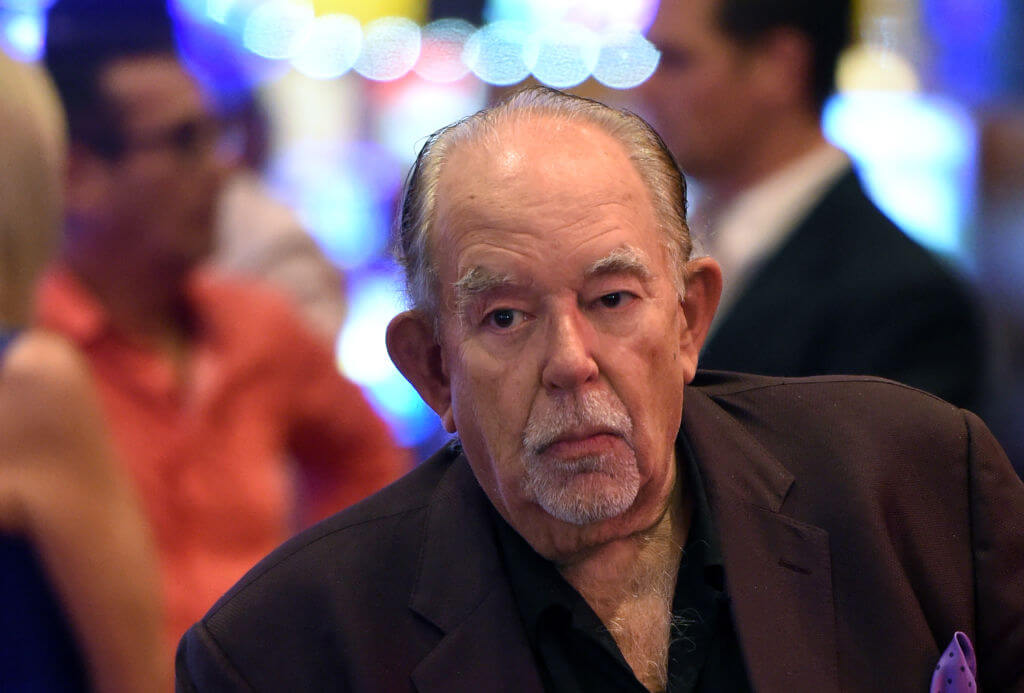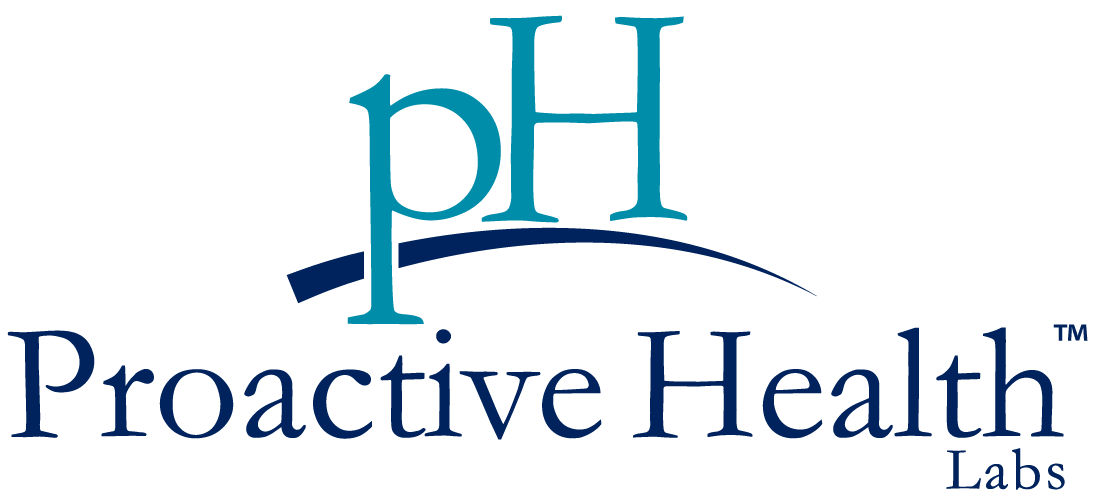Robin Leach: Life After a Mini Stroke
7 years ago | Heart health By Joy Stephenson-Laws, JD, Founder
By Joy Stephenson-Laws, JD, Founder
During November of 2017, Robin Leach, renowned journalist and host of the hit TV show “Lifestyles of the Rich and Famous,” suffered a “mini stroke” while vacationing in Mexico. He was taken to a Las Vegas hospital, where he was put on a ventilator in the intensive care unit.
Although he was able to stop using the ventilator, there were many bumps, including his lungs filling with blood due to complications from a procedure, in his road to recovery. And, unfortunately, he never reached the end of this road.
Leach spent the last 10 months of his life in a hospital before passing on the evening of August 23, 2018. The 76-year-old was just a few days shy of his 77th birthday. Reportedly, Leach suffered another stroke on the Monday before his death and was in hospice care.
So what is a stroke?
To put it simply, a stroke is an attack on the brain. It occurs when the blood flow to part of your brain is cut off, interrupted or reduced, depriving brain tissue of sufficient nutrients and oxygen.
“When this happens, brain cells are deprived of oxygen and begin to die. When brain cells die during a stroke, abilities controlled by that area of the brain such as memory and muscle control are lost,” according to the National Stroke Association.
Some people may completely recover from a stroke, and others may have permanent brain damage.
Types of stroke
Reportedly, there are three general types of strokes- Ischemic, Hemorrhagic and TIAs.
Ischemic stroke occurs from a blockage in a blood vessel that supplies blood to the brain. According to the American Heart Association, atherosclerosis (plaque build up in the artery walls) is the underlying cause of ischemic stroke. The AHA also reports that this type of stroke accounts for 87 percent of stroke cases.
Hemorrhagic stroke (which accounts for about 13 percent of stroke cases) occurs from a weakened blood vessel that ruptures and bleeds into the surrounding brain. This blood collects and compresses the brain tissue. This weakened blood vessel is usually caused by an aneurysm or an arteriovenous malformation (a cluster of abnormally formed blood vessels).
Transient Ischemic Attacks (TIA). This is also referred to as a “mini stroke." It is similar to an ischemic stroke but it is usually caused by a temporary clot and may not cause permanent damage.
Initially Robin Leach first had a “mini stroke.” And don’t let the word ‘mini’ fool you.
“TIAs are often labeled ‘mini-strokes,’ because they can be relatively benign in terms of immediate consequences. But the term ‘warning stroke’ is more appropriate for these temporary episodes, because they can indicate the likelihood of a coming stroke,” according to the American Stroke Association.
Harvard Health reports that about a third of people who experience a TIA go on to have a major stroke within a year.
What are some signs of a stroke:
- Droop or uneven smile on a person’s face
- Arm numbness or weakness. Numbness in limbs (usually on one side)
- Slurred speech
- Sudden, lasting and excruciating headaches
- Dizziness
- Trouble walking
And women may have unique stroke symptoms including fainting, shortness of breath, confusion, seizures, hallucinations, nausea and vomiting and hiccups. No matter how subtle the symptoms, it is extremely important to seek medical attention right away. A stroke is a medical emergency.
How can you be proactive about preventing a stroke?
According to Harvard Health, here are 7 things you can do to help prevent stroke:
1. Make sure you have a healthy blood pressure. As mentioned, poor vascular health is a major risk factor for stroke. Read here to learn what you can do to have a healthy blood pressure.
2. If you need to, lose weight. Being overweight or obese will definitely make you more at risk for having a stroke. You want to avoid plaque build up in your arteries, and a diet rich in processed foods is a sure way to contribute to atherosclerosis. Eat a diet rich in fruits, vegetables, lean protein and complex carbohydrates, like whole grains. Learn about specific nutrients that may also aid you in your weight loss goals.
3. Physical activity. Like we always say, most things regarding our health are intertwined. You need to include some form of regular physical activity in your daily life to maintain a healthy weight and promote heart health. Check out how to properly fuel your body for exercising so you can perform well and recover afterwards.
4. If you drink alcohol, do it in moderation. It’s interesting because one of the doctors with Harvard said that one drink a day (particularly, a glass of red wine) may actually lower your risk of stroke. But once you exceed that one glass, your risk for stroke significantly increases. And remember, a glass of wine poured at a restaurant (and the one you pour at home!) is usually larger than the actual proper serving. Read here to learn what the proper portions are.
5. Treat atrial fibrillation. “Atrial fibrillation (also called AFib or AF) is a quivering or irregular heartbeat (arrhythmia) that can lead to blood clots, stroke, heart failure and other heart-related complications. At least 2.7 million Americans are living with AFib,” says the American Heart Association. And Harvard reports that atrial fibrillation carries almost a fivefold risk of stroke. Click here to learn how to help prevent and treat this condition.
6. Treat diabetes. Having high blood sugar levels damages blood vessels over time and makes clots more likely to form inside them. If you have diabetes, learn how to better manage this condition here.
7. Quit smoking! Yet another reason to kick your cigarette habit! Smoking accelerates clot formation which can increase your risk for stroke.
To sum it all up, you need to be proactive about living your healthiest life in order to decrease your chance of having a stroke. This means working out, drinking in moderation, treating existing medical conditions, not smoking and eating healthily.
And eating healthily is not just about maintaining a healthy weight or losing weight. It’s also a lot about making sure our bodies have all of the critical vitamins and minerals we need to function and prevent disease. I would highly recommend getting a nutrient test to determine if you have any nutrient imbalances (either too much or not enough of a certain nutrient). If you do, you can work with a competent healthcare professional to tweak your diet and/or take quality supplements.
Let’s enjoy our healthiest lives!
The pH professional health care team includes recognized experts from a variety of health care and related disciplines, including physicians, attorneys, nutritionists, nurses and certified fitness instructors. This team also includes the members of the pH Medical Advisory Board, which constantly monitors all pH programs, products and services. To learn more about the pH Medical Advisory Board, click here.







